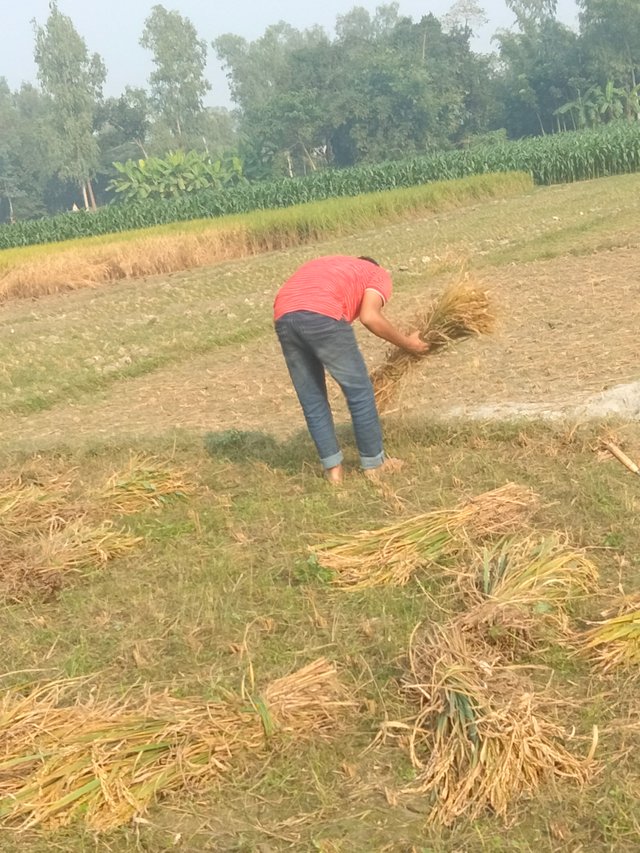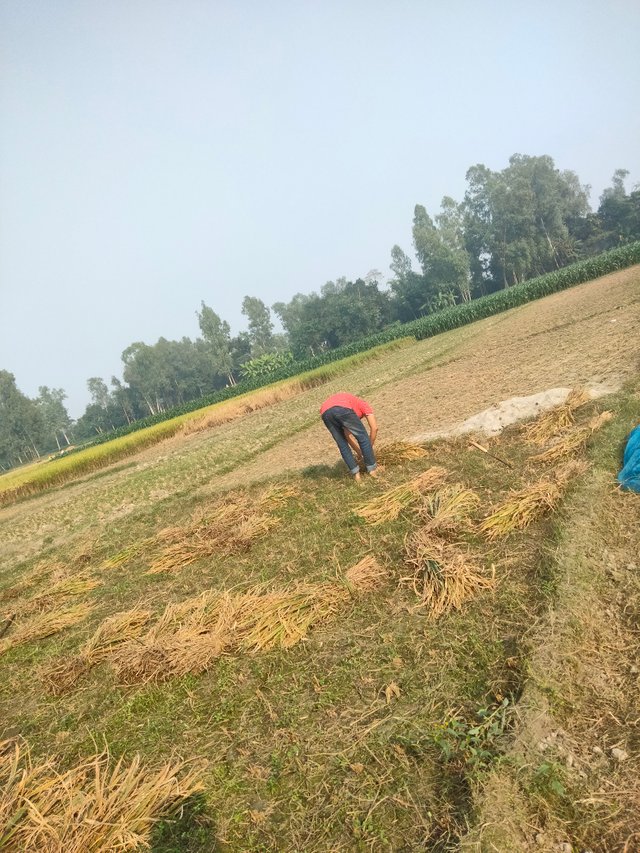Photography during harvesting of paddy.
Paddy is our main food grain. Therefore, the country's economy and culture are closely related to it. The population of this densely populated country is gradually increasing, on the other hand, the amount of arable land is constantly decreasing due to the construction of houses, factories, bazaars, roads and rivers. Moreover, there are natural calamities like drought, floods, tides, salinity, cold currents and hail. Our aim is to ensure food security of the country by producing more rice in a certain amount of land by facing these adversities. Although Bangladesh is the fourth largest rice producing country in the world, the average yield per hectare is 4.2 tons. In China, Japan and Korea the yield is 6-6.5 tons per hectare. There is no option but to increase the yield of rice to keep up with the food demand of the growing population of the country. It is impossible to meet this demand with traditional varieties of paddy and cultivation methods of Mandhata period. For this, high-yielding (Ufshi) rice and widespread use of modern production technology are required. In Bangladesh in 1968, the first Ufshi variety of rice (IR8) was cultivated at the field level from the International Rice Research Institute (IRI). 5-6 tons per hectare (18-21 maunds per bushel) is obtained from this short sized Ufshi paddy. Since then Ufshi rice is popularly known as Iri rice. Since its inception in 1970, Bangladesh Rice Research Institute (BRRI) has been developing seasonal and environmentally friendly rice varieties and crop, soil, water, fertilizer techniques to increase rice production. At present, Brie-developed rice varieties are cultivated in about 80 percent of the country's total paddy land and account for about 90 percent of the total rice production.


